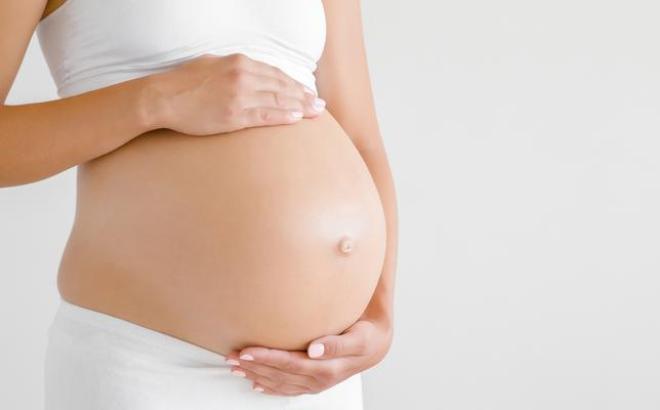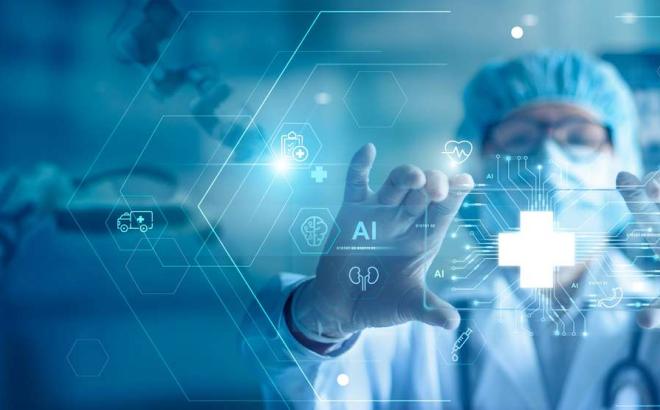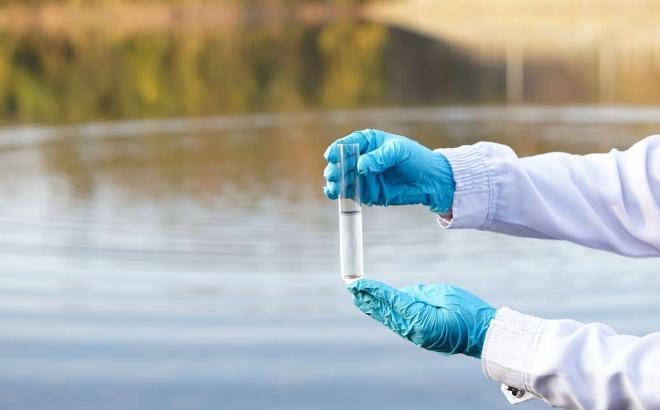Portrait of young researcher Sarah-Jane Estermann
In order for organ models to be suitable as training objects for surgeons, their mechanical properties must also match the biological model as closely as possible.
When surgeons want to gain practical experience with new instruments or surgical techniques, they are nowadays mostly dependent on animal models. It would be an essential aid if training systems were available that not only represented the various tissues and organs of the human organism in an anatomically correct manner, but also corresponded largely to the original in their mechanical properties. The Austrian Center for Medical Innovation and Technology (ACMIT) at Technopol Wiener Neustadt has been working on such systems for some time. 3D printing processes are available for production, the printing process can be planned so that the composition of the starting material changes during printing in order to approximate the biological model also in the spatial heterogeneity. To characterize the mechanical properties, a cooperation with the Department of Biomechanics at the KL was recently established at Technopol Krems.
Sarah-Jane Estermann forms the bridge between the two houses: "I am employed by both institutions to 50 percent each," says the researcher, who can contribute her experiences to date.Physics with medical application Estermann's love of mathematics as a language with which to describe the world led her to what is probably the most fundamental of all natural sciences: "I studied technical physics at the TU Vienna, which was a good basis for science in any form," says Estermann today. After graduating with a bachelor's degree, she went into the medical applications of this subject and completed a master's degree in Biomedical Engineering. Her diploma thesis took her to the Institute for Mechanics of Materials and Structures at Vienna University of Technology, where she was already working on the mechanics of biological media. "My work was about finding a mathematical model to describe the fluid flow in the pore networks of bone tissue," says Estermann: "This was the first real contact with professional research. And because she liked it, Estermann decided to deepen her knowledge in the context of a dissertation. "I first received an unsolicited application to theACMIT. They had already agreed in principle to cooperate with KL when I came across it," said the researcher.
The first step is to perform tensile tests on different tissue samples as well as on 3D-printed models and to compare the mechanical properties with each other. Estermann is very impressed with the biomechanics laboratory at KL: "We really have all possibilities there. In parallel, a mathematical model is created with which the combination of different plastics, as used in 3D printing, can be mechanically characterized. In the second step, this should enable the composition of the material to be adapted to the desired properties.
The complete portrait in the Chemie Report for you to read: https://www.chemiereport.at/epaper/201805/#72 (german only)




